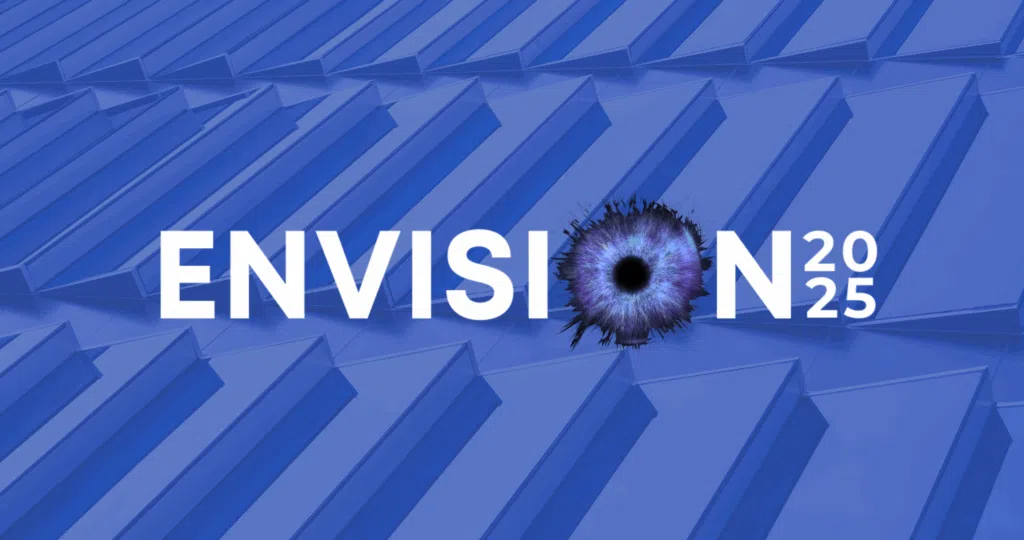Preparing an R&D tax credit study can yield significant benefits for companies who are developing or improving business components (e.g., products, software, or processes). Generally, the process for identifying Qualified Research Activities (“QRAs”) within a company, computing the Qualified Research Expenses (“QREs”) along with their related credits, creating nexus to business components and compiling relevant contemporaneous documents is a worthwhile exercise, however it does not come without challenges – and in some cases these challenges may be significant.
Most companies have already invested in technology and tools that can be leveraged to address some of these challenges. Automating the R&D credit process will help to:
- Save time, increase efficiency, and get a better return on investment
- Spend more of your efforts on what has changed with your business processes and reviewing value-add personnel, departments, or job titles that were outside of core R&D or engineering functions
- Achieve consistency – How your company defines and captures QREs (and in some cases gross receipts) must be consistent in both credit years and base years
- Contemporaneously identify and capture QREs as the QRAs are being performed
- Create efficiencies for retaining contemporaneous documentation related to the QRA that was being performed in real time
Automating Your Quantitative R&D Tax Credit Process
When developing a technology-enabled methodology for your R&D tax credit process, we must first determine what is the best way to identify and capture QREs.
QREs are categorized into the following four cost buckets:
- Wages for Qualified Services, e.g. W2 Box 1 wages, for any employees who performed QRAs
- Supplies, or tangible, non-depreciable supplies (e.g., consumables, parts, ingredients, raw materials, etc.) that are used within the process of experimentation
- Contract Research Expenses — US-based third-party vendors or 1099 employees who have performed QRAs on your behalf (subject to certain eligibility criteria related to intellectual property rights and who bears financial risk)
- Computer Rent-Lease Costs, e.g. costs for cloud computing expenses related to development server time as opposed to standard production level time
Understanding where the source data for each of these cost components come from is important. Standardizing the method of getting this data and the format in which you receive it is even more important. We’ll take a look at some examples of where you might find this data, and how it is related and used for calculation purposes.
Generally, to compute Wages for Qualified Services, you need to combine the following two components:
- Payroll data from your payroll provider or Human Resources department. Working with the payroll team and creating a standardized report that will automatically populate certain data fields on an annual basis – effectively creating this dataset will help provide the support that you will need to accurately compute wage QREs at the individual employee level and provide supporting documentation down the road to analyze QREs at the department, cost center, job title, or even state level to see where QREs are being generated.
- Employee time allocation reports. Intended to capture how each employee spent 100% of their time related to QRAs, non-QRAs, and time off.
Creating a method that effectively ties your company’s development process or life cycle back to I.R.C. Section 41 language and the underlaying activities within the 4-Part Test can make the process easier for employees to understand and complete each year. Using technology tools to collect information from company personnel can create an effective and repeatable annual process.
Another method would be to leverage employee time tracking data and categorize activity codes back to the QRA activity buckets. Using employee time tracking data however can often be incomplete and leave unclaimed QREs on the table.
Using a data-focused software tools, we can automate the computation of Wage QREs by combining the two data sets and using unique identifiers, like an employee ID, to generate a standard QRE calculation output that will be part of your quantitative documentation.
Next, we have Supplies, Contract Research Expenses, & Computer Rent-Lease Costs. These cost elements typically come from the same data source – your trial balance and general ledger detail, which is likely already standardized in some way.
Understanding Qualified Research Expenses for R&D Credit
This is where understanding the types of QREs that typically make up your company’s R&D credit claim is important and may benefit from a comprehensive annual review. Knowing that your software company includes much more contract research expenses and CSP costs while having no supplies, or that your manufacturing company uses consumables on a regular basis to test new prototypes provides you with an opportunity to create and implement accounting procedures for automatically flagging certain cost center and cost element account combinations in near real time and knowing the value of these QRE throughout the year. Once your account combinations have been identified the year-end data pull and calculation output is quite simple – some form of general ledger detail at the vendor level derived from the predetermined account combinations.
Ultimately the goal of automating the quantitative process is to save time (and associated cost) and create a repeatable methodology that will deliver a level of precision you will have confidence putting on the tax return. We believe it is much better to invest your time trying to identify any additional opportunity areas as opposed to spending an inordinate amount of time re-calculating the annual constants such as your engineering department’s QREs.
Automating Quantitative R&D Credit Documentation
Collecting and organizing contemporaneous documentation is just as important as retaining the supporting calculation details. While documentation is not necessary to submit as part of your R&D claim along with the tax return, taxing authorities will ask for information that can back up what is being claimed as qualified costs if examined. The most pertinent documents that taxing authorities will request to review are typically created throughout the normal course of your company’s product, process, or software development life cycle, such as:
- Technical design requirements
- Logical or functional design specifications
- 3D modeling, prototyping documentation
- Test plans, scripts, and results
- Design changes or evaluation of alternatives
- Emails, meeting minutes, calendar invitations for technical meetings
An effective strategy is to identify a handful of development efforts, depending on the size of your claim, from the tax credit year and as employees contribute to QRAs have them retain and submit examples of these technical documents to a shared folder at each stage of the development process – Design/conceptualization through testing alternative designs or components.
Focusing these documentation efforts on the non-traditional departments, job titles (e.g., technical sales or marketing, administrative folks, or project managers) that were involved, and especially at the higher levels (Directors and above) will almost certainly be a worthwhile exercise as these are often subject to increased scrutiny upon exam.
Overall, the goal of your documentation efforts should be to tell the story of the development effort through these documents, and add context to the following questions:
- What functionality, performance, reliability, or quality were you attempting to develop or improve?
- What were the technical uncertainties related to the company’s capability, methodology, or appropriate design?
- Who was involved at each stage of the development lifecycle, and how?
- Clearly explain your company’s development lifecycle
- What technical alternatives were considered and evaluated and how?
- What scientific or technological principles were relied upon during the evaluation of these alternatives?
- Did you achieve your original design requirements? If not, what design changes were made and why?
Take A Proactive Approach Toward Your R&D Study
We often highlight that taking a more proactive approach toward your R&D study process can prove to be extremely valuable in terms of saving time and money while increasing the efficiency and benefit of this annual process. By understanding where the different data sets come from, what ultimately needs to be collected to calculate QREs and related credits, and how you are booking these various costs in advance, you can focus the annual R&D process on value-add areas as opposed to recalculating what you already know – that the engineers performed engineering work. Creating a more automated approach will give you confidence in the precision of the claim, refocus your efforts on reviewing opportunity areas, and, in some cases, support the overall tax function by providing opportunities for insights into other related areas of tax.





